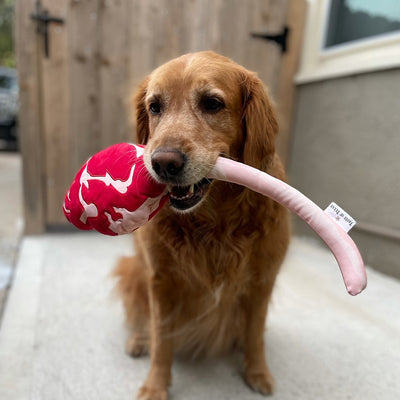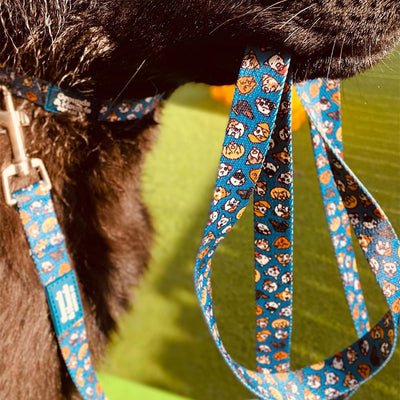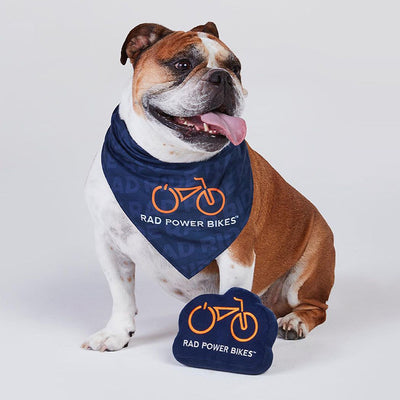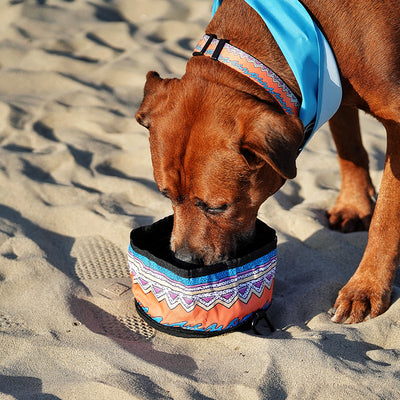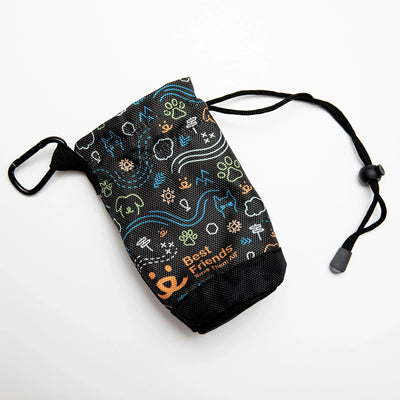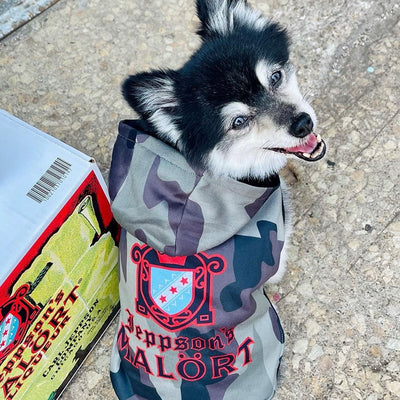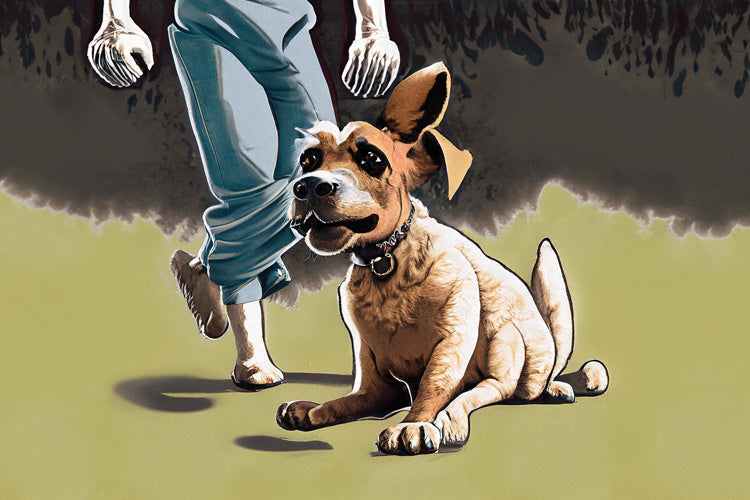Many dog owners today still believe the adage that it’s impossible to teach an old dog new tricks. However, this long-held misconception undermines the ability and potential of older dogs to learn and adapt. In fact, adult dogs can sometimes be easier to train than puppies, who can be more easily distracted and may not have developed the necessary patience required to understand and follow complex commands.
Older dogs are not only highly trainable, but can also be extremely rewarding to work with. They often have longer attention spans than their youthful counterparts, can understand commands more quickly, and can show just as much excitement and enthusiasm when learning something new. Training may also provide a golden opportunity for your dog to get the physical and mental stimulation they need to stay healthy throughout their golden years. Plus, it functions as a form of quality time that can strengthen the bond between the two of you by leaps and bounds.
Have you just adopted a new senior dog, or are you only just looking into training now that your precious pup’s reached adulthood? If so, here are five practical training tips from PrideBites that you can use for older dogs:
Invest in the Right Training Equipment
As you navigate the process of training an older dog, stocking up on appropriate training equipment can both significantly enhance your experience and facilitate your dog's learning journey. The right tools can help you communicate better with your dog and enhance their motivation. They’ll also help keep the training environment safe and positive as you work together.
A stock of high-quality dog treats should be among the most basic, yet essential tools in your arsenal. Treats are a form of positive reinforcement and thus a critical component of any good dog training regimen. Use them to reward your dog for correctly executing a command or demonstrating good behavior, and your dog will be raring to repeat the desired behavior before you know it.
Martingale collars and other specialized pet equipment can also serve as effective training aids, particularly for leash training. Thanks to its loop design, a martingale collar will allow you to exercise gentle correction without risk of accidentally choking your dog.
Familiarize Yourself with Your Dog's History
If your dog is a rescue or has only recently come into your care, you’ll need to gather as much information about their past as you can before you begin training. Dogs with histories of trauma, abuse, or neglect, for example, may exhibit stress responses to certain triggers and may need a lot of help mitigating certain behavioral difficulties. Dogs that were frequently locked in cages or crates as a form of punishment, for example, may not immediately take well to crate training because they struggle to view the crate as a safe space.
Understanding your dog’s history will allow you to approach training in a way that is sensitive to their past experiences. If you're aware that a particular stimulus is stressful for your dog, you have two options: either try to desensitize them to it gradually, or avoid it altogether whenever possible. Tailoring your training methods to your dog's unique history will create a safer and more comfortable learning environment, easing the training process for both of you.
Set Realistic Expectations
It's easy to get swept up in the excitement of training your senior dog, but don’t forget to manage your expectations. Older dogs may take a bit longer to learn certain skills than their younger counterparts do. They may also struggle with physically demanding tasks. This doesn't mean that they can't learn—just that their learning process might look a bit different from what you initially envisioned.
One good thing to keep in mind is that the goal of training your senior dog should be improvement, not perfection. There’s no need to stress if they can't master a command as quickly as a younger dog might. What matters is that they're making progress and enjoying the process. Your dog's abilities and comfort should always come first, so it's crucial to adapt your training methods and expectations to suit their needs.
Determine an Appropriate Time and Place for Training
When training an older dog, the environment and timing can significantly impact the outcome of your sessions. A noisy and unfamiliar setting can make your dog anxious or distracted, hindering their ability to concentrate on your commands. For the best possible results, choose a quiet, familiar environment to start training in, such as at home.
As your dog becomes comfortable with the commands, you might consider gradually introducing more distractions or changing the environment to reinforce their training—for instance, by moving from your house to your neighborhood park. This step can help them apply what they've learned in a variety of settings, ensuring that they respond to your commands wherever you are.
In terms of timing, aligning training sessions with your dog's natural rhythms can enhance their receptivity to learning. Older dogs might have different energy patterns compared to younger dogs. It might be optimal to set training sessions during cooler parts of the day, or during their naturally more active periods. Make sure your dog isn't overly tired or hasn't just eaten a large meal, as this can impact their enthusiasm and focus during training.
Keep Sessions Short
Older dogs, while often more focused than puppies, may have shorter attention spans or tire more quickly. This difference necessitates an adjustment in the length of training sessions. Long sessions may be overwhelming and counterproductive, leading to frustration for both you and your dog.
Try breaking your dog’s training into short, focused sessions of about 10 to 15 minutes at a time. This duration allows your dog to focus entirely on the training without becoming fatigued. In addition, short sessions can help to keep the training experience positive and fun for your dog, rather than turning it into a source of stress.
The experience of training an older dog can lead to a more enriching and engaging life for both them and for you, their owner. With patience, positivity, and understanding, you'll be well on your way to a successful training journey with your beloved senior companion.

